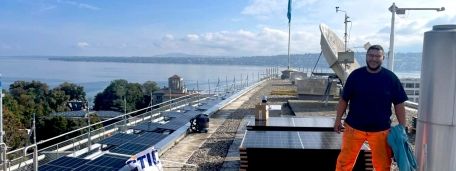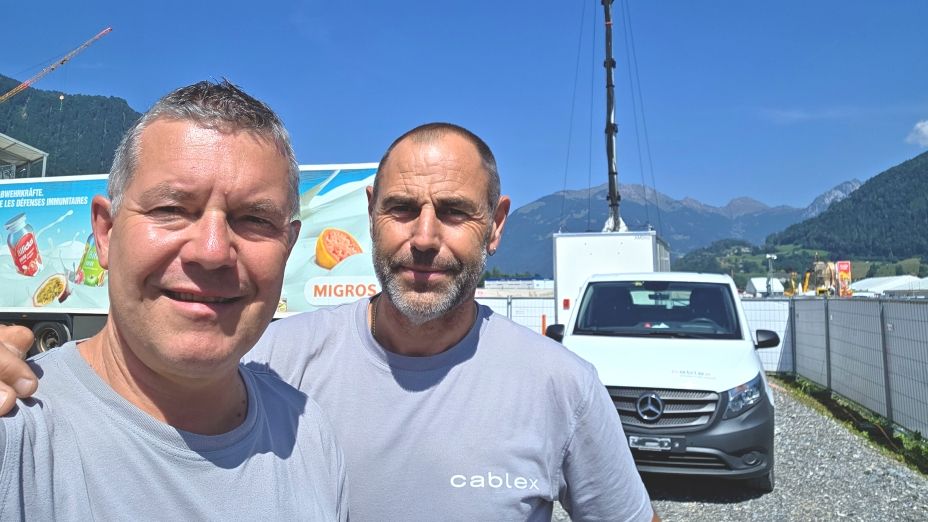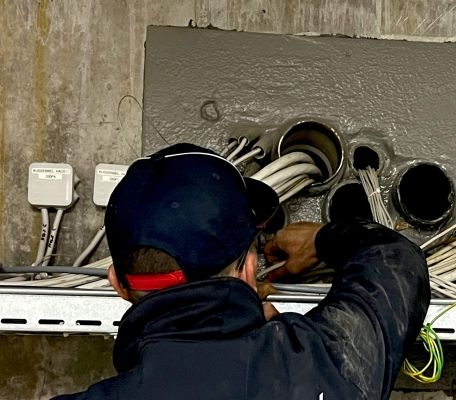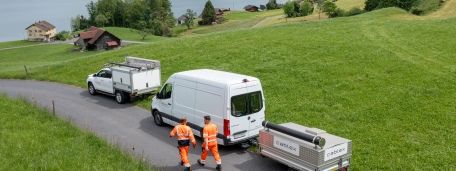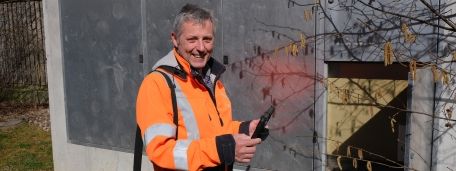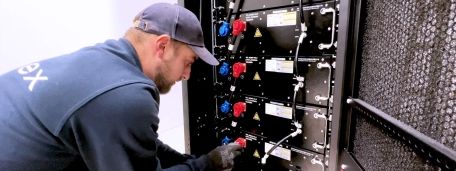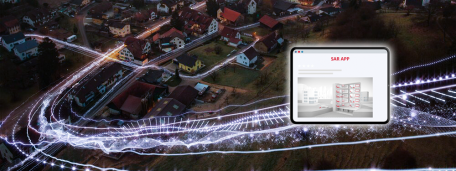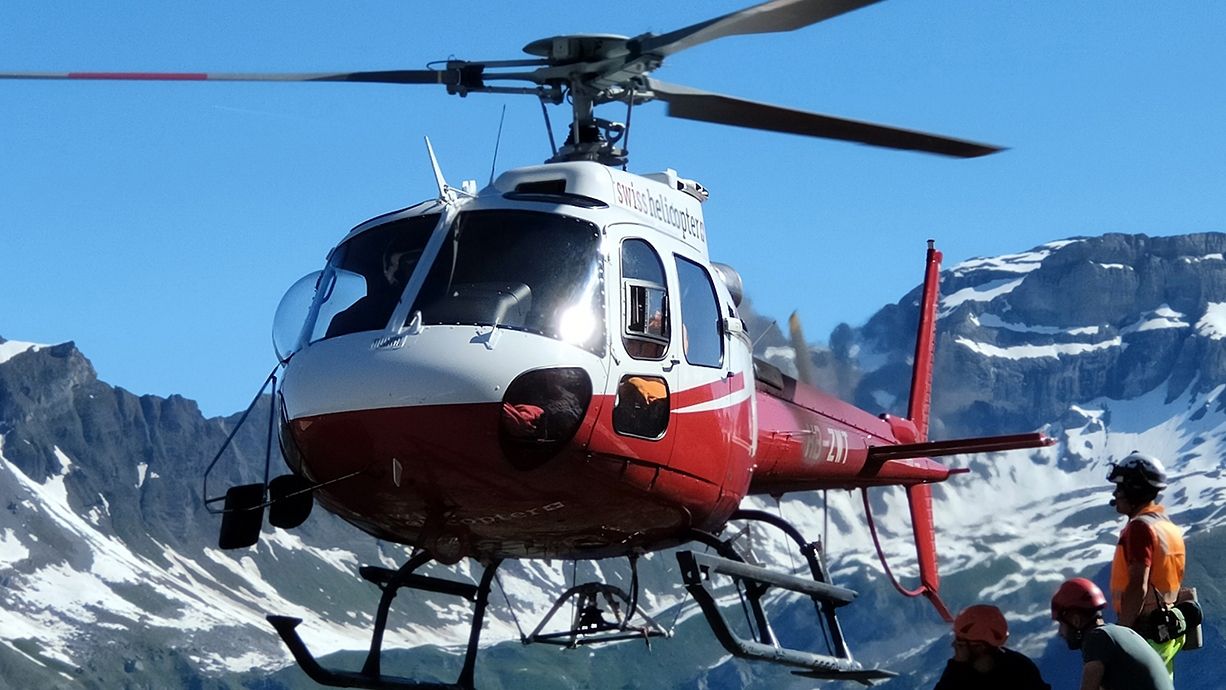
Mast installations in mountain regions.
Impressive and exciting, but also time-consuming.
We have wonderful mountain regions in Switzerland, which beckon holiday-makers to go hiking and skiing. The mobile phone is our daily companion in all our activities. Mountain railways are in operation and restaurants cater for their guests. Network reception is guaranteed by mobile communications antennas. The masts for the antennas are sometimes flown in by helicopter. A time-consuming but very exciting task, which is coordinated by our WIRELESS team.

We asked Daniel Müller, mobile phone technician and building and project manager at cablex, about the biggest challenges in mast installation using a helicopter:
"The weather is one of the biggest challenges during operations in mountain regions. After a long planning phase with all those involved in the project, you have to decide very spontaneously whether the operation is ultimately going to work or not. The weather can change quickly, particularly in the mountains. It’s an advantage if a few days of leeway can be scheduled, so that you can react to any disruptions.”
What is the planning behind such a spectacular mast and antenna installation?
"It varies from site to site. Generally speaking, everything should be carefully examined, documented and discussed beforehand. What is important is that you discuss the details of the installation on site with an experienced metalworking company who flies the mast in. A suitable loading point is defined with the helicopter company and any approvals that are required must be obtained.
And of course, coordination with the assembly team is extremely important, so that all handles are in place within the few minutes of the mast installation. Each person has to know their tasks and carry them out. Because you can’t repeat an operation like this.”
To Dos of those involved in the project.
cablex plans and coordinates the project and performs the task of construction management on site. The metal worker is responsible for installing all steel parts such as platform, mast and anchor points. The mast is flown in by the respective helicopter company. The special feature of a helicopter is that it has two rotors, one above the other, and can thus fly heavier loads. How much weight can be carried strongly depends on the altitude at which it is flown. For this reason, the mast usually needs to be flown into mountain regions in two parts.
At the actual installation of the two mast parts, the flight assistant from the helicopter company and two fitters from the metalworking company are on the mast. The subsequent installation of the antennas, radio units and high-frequency cables is performed by the cablex team. Regional electrical companies provide support for electrical connections and fibre optic connections as well as fibre optic cables.
Further facts about the project:
Client for cablex: Swisscom
Preparation time: 3 to 6 months
Approval of mast construction: The procedure goes through the respective municipality/canton
Weight of mast: 1st mast section approx. 850 kg, 2nd mast section approx. 430 kg
Antenna installation: 3G and 4G antenna, 5G prepared for future commissioning
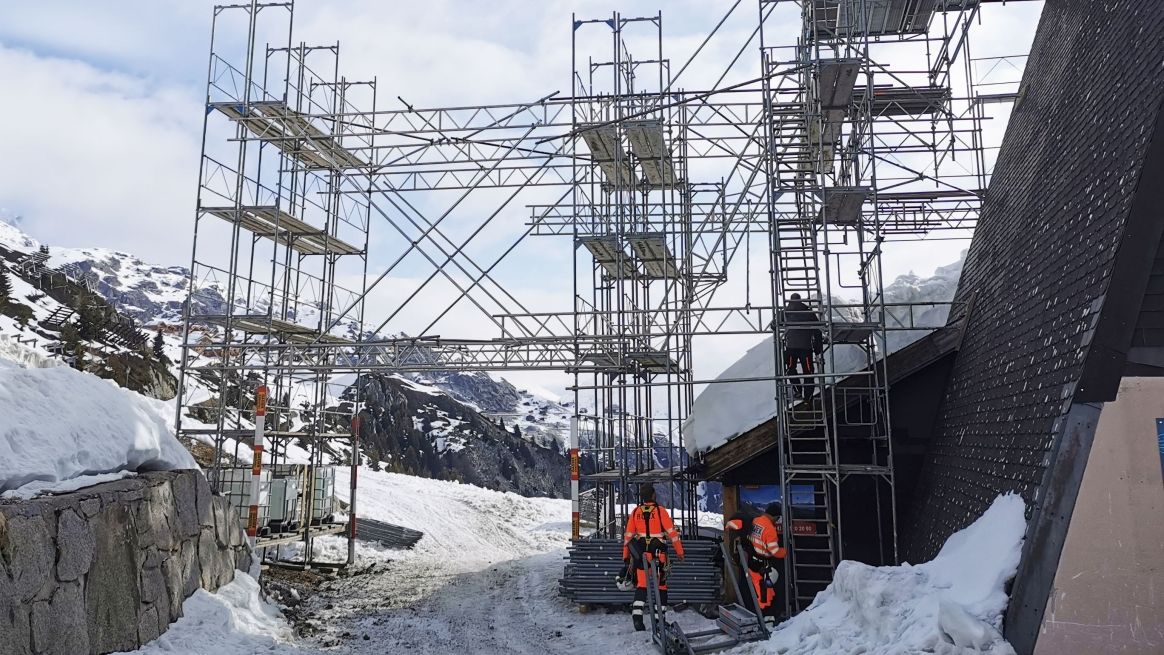
Here in Switzerland, the helicopter is used as a means of transport for cell towers in rough terrains or mountain regions, whenever traditional transport routes are not possible. Daniel Müller tells us that he has between five and ten assignments each year in his area.
We thank Daniel for the brief glimpse into his impressive area of activity and wish all colleagues continued success in their fascinating projects. Of course, when working on the mast and in impassable regions it is always important to remember: SAFETY FIRST!

